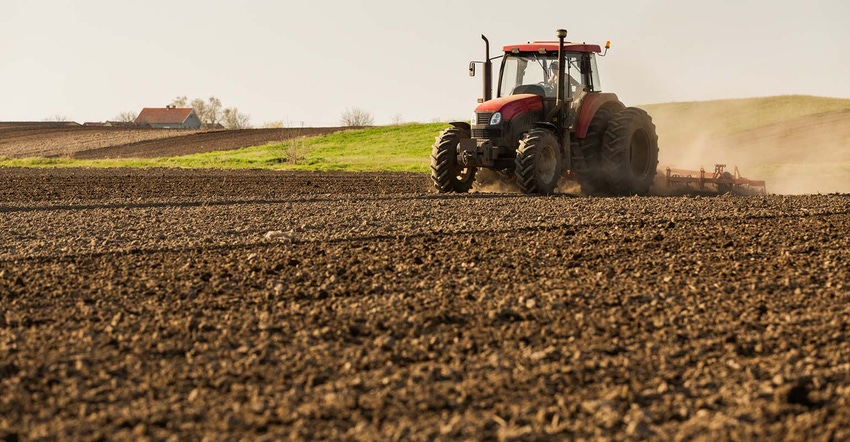
Last week, I talked about decision-making and how the time of year can play a role in the emotions we experience around those decisions. We talked about how the time of year can impact the kinds of emotions we might feel while we’re in the process of making a decision.
As we get closer to spring and to preparations for planting season, many of you might be itching for the moment it’s time to get in the field. Springtime and getting ready for planting might be your absolute favorite time of year on the farm – everything’s fresh and new, full of potential.
Spring feels like a time to recommit to farming and everything that it means, but it can also include a lot of emotion, as I mentioned in last week’s post. These feelings might range anywhere from uncertainty to excitement, from fear to hope.
A critical time
When the crop isn’t in the ground yet, though preparations may be well underway to get it there, it can be challenging to work on farm business plans for the upcoming crop year. The crop seems abstract – it’s not even in the ground!
But this is the most important time – the time that you may be able to have some of the greatest impact on your operation – to create clear plans for where you want your business to end up this year, and how you’re going to get there. Remember: You may not know how this crop year is going to turn out – but neither does anyone else.
The key is to use the information you have about your operation – from a thorough, detailed financial analysis that provides you with your true breakeven – to make decisions that will best serve your operation’s goals and needs in 2017.
Ways to plug in
When you’re the farm’s leader, there’s no one else who is ultimately responsible to stay in tune with the financial pulse of your business. Plan to stay plugged in to the business side of your operation, even as planting preparations ramp up and planting itself begins in the not so distant future.
You need to dedicate time and attention to keeping up with that. Check in regularly with your ag finance advisor to update your breakeven based on changing weather and yields throughout the growing season. You can also run ‘what-if’ scenarios with them, based on different yields and prices, to get a sense of how your year may turn out.
Take these three steps now, before planting – and the growing season – really get underway:
Create blocks of office time for yourself to have the chance to keep up with your farm’s financials, the markets and other information that may be important to your decision-making process.
Make sure you have the right financial information and data on your operation to really know where you’re at – including your true breakeven. If you don’t have this information, work with an ag finance advisor so it’s in your hands.
Schedule a time, perhaps weekly, or more frequently depending on your operation’s needs, to check in on the financial state of your farm. This might mean calls to your ag finance advisor and other business advisors you work with to provide updates and gain their perspective.
Read the current issue of the Smart Series publication, bringing business ideas for today’s farm leader. This issue includes perspectives on what to do when a landlord asks for higher rent, how to find the right new employee, a farm business checklist for the spring season, and more. Get your free online issue here.
Frye is president and CEO of Water Street Solutions. Email questions to [email protected]. All questions and responses will be printed or published online as anonymous
The opinions of the author are not necessarily those of Farm Futures or Penton Agriculture.
About the Author(s)
You May Also Like






